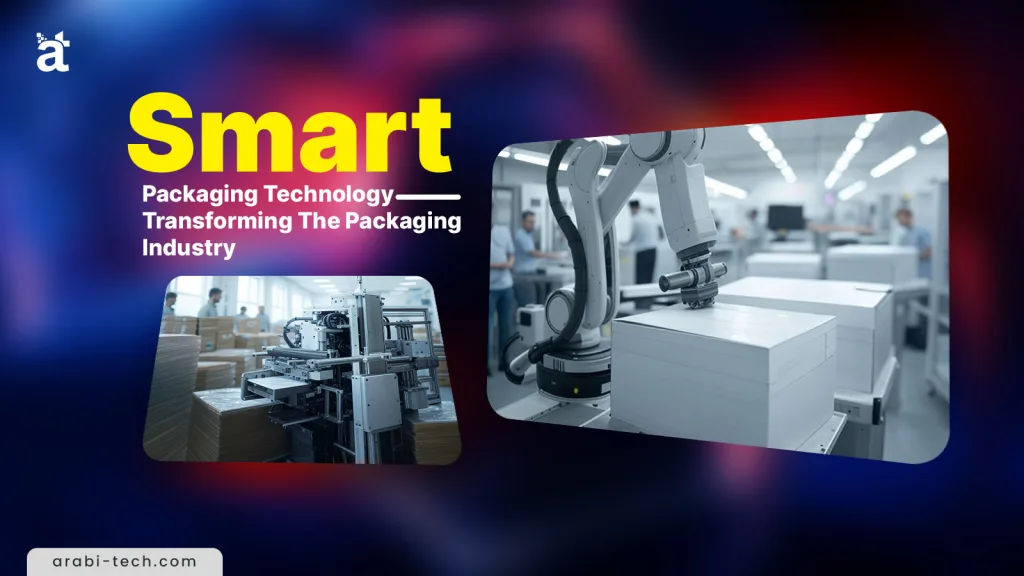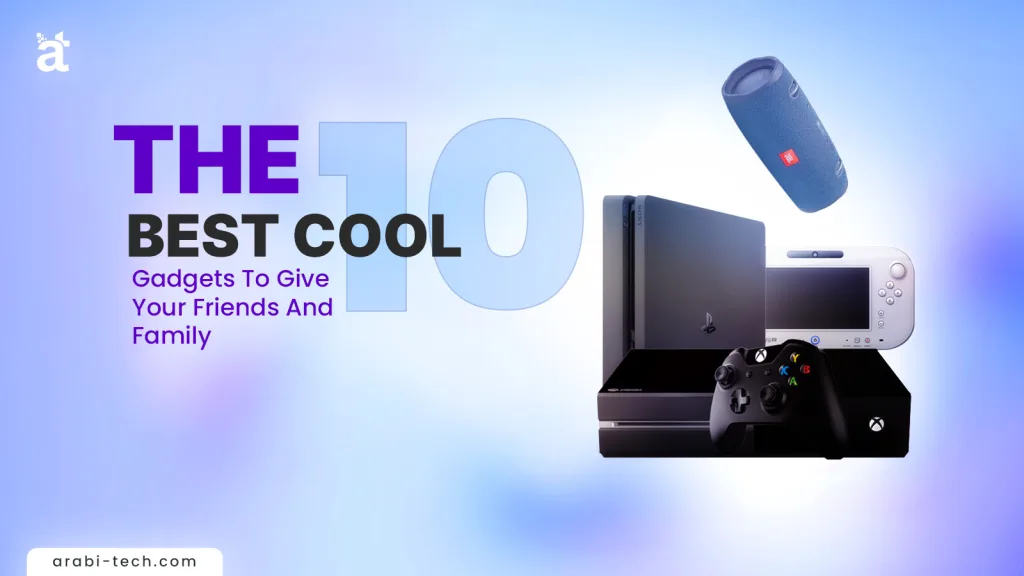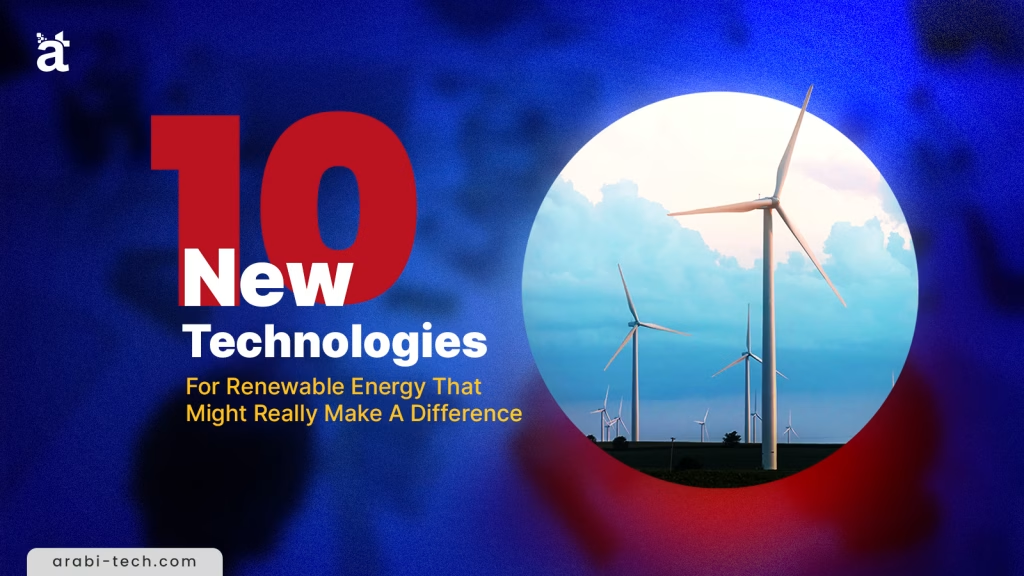
Smart Packaging:-is changing how things are sent and packed. Tech is used to make the supply chain management, customer happiness, and quality of the products better. Companies can use this technology to keep an eye on their goods in real-time, make them last longer, and connect with customers in new ways.
Smart packaging is becoming more popular because people want to do things in better and more environmentally friendly ways. Smart packaging gives us new ways to meet the needs of businesses that change quickly, like healthcare and food transportation. More and more people are using these technologies, which shows that packaging is an important part of the product experience and not just a way to keep things safe.
Audio article :
Table of contents
Understanding Smart Packaging
Smart packaging refers to alternative packing that has been improved with technology to make it more useful. These technologies can be anything from cameras to engaging parts that help with safety, monitoring, or just plain fun. The main goal of smart packing is to add value beyond safety. The wrapping used to be used only to keep things safe.
There are many uses for it these days, such as making sure food is fresh, stopping fake goods, and giving customers a more interesting experience. This change is in line with bigger changes in technology, like the Internet of Things (IoT) and big data analytics. Smart packaging is quickly becoming an important tool for companies that want to run more efficiently.
Types Of Smart Packaging
– Smart Packaging
Intelligent packing uses lights and sensors to keep an eye on the goods and let you know if anything changes. It gives you the most up-to-date information on things like possible hacking or good weather. Freshness meters and time-temperature indicators are two examples. They help companies guarantee the quality of their goods and give customers clear information about the safety and state of the things they buy.
– Active Packaging
The product stays fresher for longer when it comes into contact with the package. It uses chemicals that control wetness and air screens to keep food from going bad. Active packing is often used for food because it cuts down on outside factors that could damage or contaminate the product.
– Passive Packaging
While the goods are being packed, passive packing keeps them safe from dirt, water, and physical damage in the environment. Traditional boxes made of wood and plastic are two examples. Inactive wrapping is still widely used because it is cheap, easy to put on, and keeps things safe, even though it doesn’t work.
– Near Field Communication (NFC) Packaging
Near-field communication technology is used in NFC packaging, which lets people use their smartphones to connect with it. Customers can see ads, find out more about a product, or buy something by touching their phone to the package. This interesting feature not only builds relationships with customers but also makes it easy to find more information related to the product.
– QR Code Packaging
There is a QR code on the box that can be read to get to digital material like lessons or information about the product. It is common to use QR codes because they are easy to use and may get people more involved with your business. By reading the code, users can get extra benefits that will make their experience better.
– Connected Packaging
Customers can interact with goods on their phones thanks to connected packaging, which connects hard copies to online tools. Because of this technology, you can get unique suggestions or change the music. Putting the digital and real worlds together, linked packaging makes the experience better for the user. Things are easier for customers, and they are happy.
– Tracking And Tracing Packaging
Tracking and tracing packaging uses RFID tags and other technologies to keep an eye on how goods move and change states along the supply chain. Letting companies see what’s happening in real time helps stop theft and makes sure that things are moved as quickly as possible. In addition to cutting costs, it boosts total efficiency and protects the supply chain.
Key Sensors In Smart Packaging
– Colorimetric Indicators
Colorimetric signs can be used to show when a product or its package has changed color because of things like going bad or being exposed to high temperatures. Food and drink goods often use these monitors to check how fresh and safe the products are. They give businesses and customers comments right away that can be seen.
– RFID Sensors
RFID readers use radio waves to send information about where a thing is and what its state is. These tools let you keep track of goods in real-time and handle them well throughout the supply chain. They work well, aren’t too expensive, and let companies keep an eye on goods without being there in person.
– Biosensors
Biosensors are useful in the food and medicine industries because they can find biological or biochemical processes in things. They may look for signs of allergies, germs, or rotting to make sure the goods are safe. These sensors help keep things safe and clean by letting people and businesses know when they might be contaminated or worn down.
– Gas Sensors
In places where food is packed, gas sensors keep an eye on gases like oxygen, carbon dioxide, and nitrogen, all of which are important for keeping food fresh. To keep the air inside food boxes stable so that food lasts longer, they are often used. These monitors help keep the quality of the goods by finding dangerous gas levels or changes in the air inside the package.
– Chemical Sensors
Watches for chemicals can tell when certain molecules in a product or its packing change. For example, they can tell when the pH changes, when there is water present, or when certain chemicals are present. They help keep an eye on the product’s state to make sure it stays safe and works at its best. Making sure the food is safe and fresh is easier with these tools.
The Future Of Smart Packaging
As long as technology keeps getting better, smart packages will have a bright future. Blockchain AI and the Internet of Things (IoT) will help the packing business come up with even more creative ideas in the future. Using these technologies will make smart packaging work even better, making it more useful, safe, and appealing.
Smart packing will become more important as people want to know more about the world and how to make things easier. In many fields, being able to see goods in real-time, judge their quality, and give customers a unique experience will be standard. Smart packing can change how we use things in big ways.
Conclusion
Smart packaging is changing the package business in ways that were hard to imagine before. With today’s electronics, packing is more than just a way to keep things safe. These days, it’s used to improve the customer experience, ensure the quality of the products, and make the supply chain run more smoothly. Smart packaging gives businesses chances to come up with new ideas and find useful information.
Best Article May :



